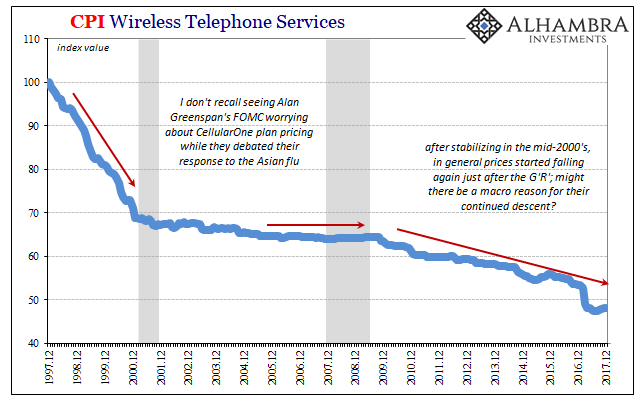[Editor’s note: The Cobden Centre is happy to republish this commentary by Alasdair Macleod, the original can be found here.]
The London bullion market is an over-the-counter unregulated market and has had this status since the mid-1980s. The disadvantage of an OTC market being unregulated is that change often ends up being driven by a cartel of members promoting their own vested interests. Sadly, this has meant London has not kept pace with developments in market standards elsewhere.
The current row is focused on the twice-daily gold fix. The fix has been giving daily reference prices for gold since 1919, useful in the past when dealing was unrecorded and over-the-counter by telephone. The London gold fix could be described as an antiquated deal-based version of the LIBOR fix that has itself been discredited.
It was with this in mind that the House of Commons Treasury Committee called witnesses before it to give evidence on the matter on 2nd July. This dramatically exposed the inconsistences in the current situation, and was summed up by the Chairman Andrew Tyrie as follows: “Is there any reason we should not be treating this as an appalling story?”
These were strong words and his question remains hanging over the heads of all involved. It would be a mistake to think the Financial Conduct Authority which was given a rough ride by the Committee can ignore this “appalling story”. The FCA will almost certainly seek significant reforms, and reform means greater market transparency and no fix procedure that does not comply with IOSCO’s nineteen principles.
The current fix is thought to comply with only four of them, which is a measure of how things have moved on while the London bullion market has stood still. London effectively remains a cartel between bullion banks and the Bank of England (BoE). It has worked well for London in the past, because the BoE has used its position as the principal custodian of central bank gold to enhance liquidity. And when bailouts are required, the Bank has provided them behind closed doors.
The world has moved on. IOSCO has provided a standard for behaviour not just to cherry-pick, but as a minimum for credibility. China, which we routinely deride for the quality of official information, has a fully functioning gold bullion market which provides turnover and delivery statistics, as well as trade by the ten largest participants by both volume and bar sizes. China has also tied up mine output in Asia, Australia and Africa which now bypasses London completely. Dubai also has ambitions to become a major physical market, being in the centre of middle-eastern bullion stockpiles and with strong links into the Indian market.
Even Singapore sees itself servicing South East Asia and becoming a global centre. These realities are reflected in the 995 LBMA 400oz bar being outdated and being replaced by a new Asian 1kg 9999 standard, with refiners working overtime to affect the transition. London cannot possibly meet these global challenges without major reform.
Central banks are now net buyers of bullion, withdrawing liquidity from the London market instead of adding to it. With the FCA as one of its new responsibilities, the ability of the BoE to act as ringmaster in the LBMA is changing from an interventionist to a regulatory role. If it is to retain the physical gold business, London’s standards, on which users’ trust is ultimately based, must be of the highest order with the maximum levels of information disclosure.


